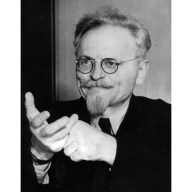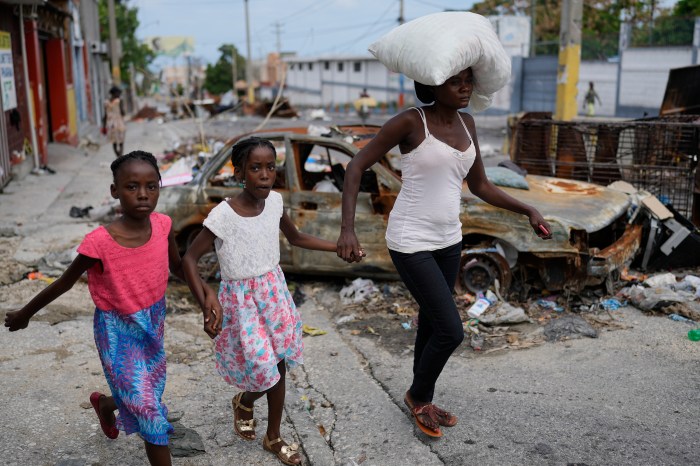Unlike the vast majority of First Nations people in Canada, the Tsuu T’ina are fortunate to live next door to a major urban centre that offers easy access to jobs, health care, schools and transportation.
Eighty per cent of the country’s other First Nations do not enjoy this luxury — isolation and remoteness have contributed to widespread social ills such as poverty and substandard education. By comparison, Calgary’s First Nations neighbour is faring pretty well. A federal quality-of-life indicator known as the Community Wellness Index ranks the Tsuu T’ina as an 86 out of 100, while the average index score for Canada’s First Nations is 46.
The Tsuu T’ina has 1,710 registered band members and just 25 per cent of them live off the reserve.
That’s easy to appreciate, with a wealth of economic and social systems right at their front stoop. It’s a much different story nationally — nearly 60 per cent of First Nations are forced to live off their reserves because they are too remote to offer a decent quality of life .
The Tsuu T’ina First Nation (tsuutina.ca) is one of five First Nations that signed Treaty 7 with Ottawa in 1877. As the city has grown, urban sprawl has inevitably brought greater contact between Calgarians and the Tsuu T’ina, whose reserve borders a busy southwest corner at Glenmore Trail and 37th Street.
This busy intersection has become a bone of contention between the Tsuu T’ina and the municipal and Alberta governments, especially this week after members voted against a deal to allow construction of a long-sought ring road through the reserve. The ring road negotiations have been underway for decades and to most players, including the band chief and council, it appeared a deal would be reached.
Many of the Tsuu T’ina people I have spoken with are shocked that the community decided against the offer. Whether we like it or not, these citizens made a democratic decision to protect their land, the environment, sacred traditional ways and respect for those buried on the proposed ring road right-of-way.
There is more at stake here than most people understand. In First Nations culture, major decisions are traditionally made by considering the impact on the next seven generations of people. This is more than an issue of inconsiderate neighbours, or greed. This vote was a matter of future well-being, community cohesiveness and stringent standards of survivability.
















